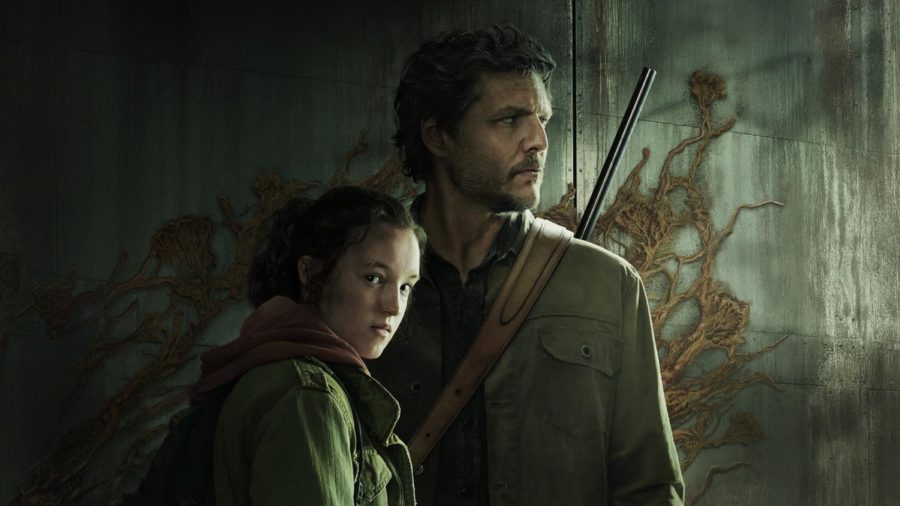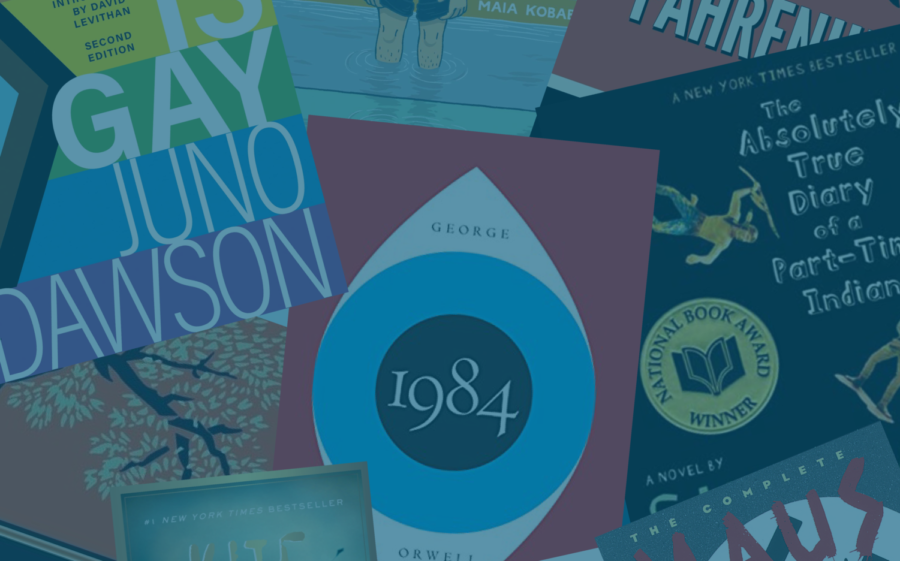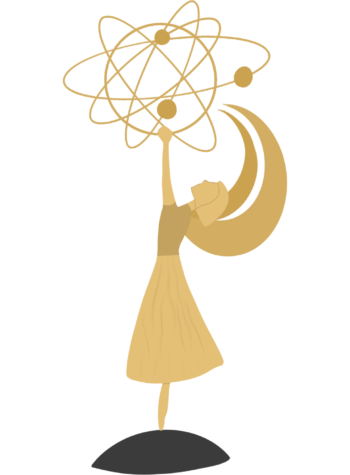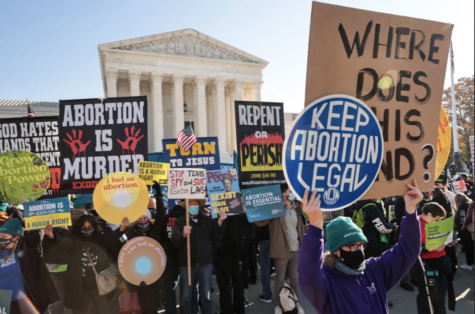Book Banning Blasphemy
Collage of commonly banned books in the United States. Graphic created by Henry Galicich.
Book banning is the most prevalent type of censorship in the United States and violates the First Amendment right to freedom of expression. Recently, there has been a dramatic increase in attempts to ban books, a result of our extremely polarized political environment. The American Library Association (ALA) is an organization that monitors attempts to ban books from libraries, schools, and universities. The ALA’s Office for Intellectual Freedom reports that in 2021, 729 challenges (totaling 1,597 books were received, the highest number of attempted book bans in the last 20 years and the “most targeted books were about Black or LGBTQIA+ persons.” A book challenge is an attempt to remove or restrict material from school and public libraries and are often brought by patrons, parents, school boards, political and religious groups, and elected officials. However, there may be a silver lining. A few months ago, NPR published an article on how book banning may actually counteract its intent and encourage people to read banned books. Rachel Treisman, the article’s author, specifically discusses the graphic novel Maus, a Pulitzer Prize-winning graphic memoir about the Holocaust by Art Spiegelman, which has been unanimously banned by a school board in Tennessee due to inappropriate language and images of female nudity. Treisman explains since the ban on Maus, online sales of Maus have skyrocketed, and a Tennessee bookstore is giving away free Maus copies. Although the Tennessee school board was attempting to prohibit accessibility to Maus, in reality, the ban spurred psychological reactance, essentially increasing curiosity in readers desiring to know why Maus had been banned.
Similarly, previously banned books like The Awakening, The Great Gatsby, and To Kill a Mockingbird are now ubiquitously read in American high school curricula, signaling that these are well written books that address important social issues. Proponents of book banning participate in a denial of facts and an erasure of history in an effort to protect young children from the realities of our society by expunging books about hot button issues such as religious freedom, the LGBTQIA+ community, and white supremacy. The concern is that reading “controversial” books gives readers the ability to empathize with different perspectives and portrays the harsh realities of the world we live in. Conservative groups find that the most effective way to stymie critical thinking is to simply ban these books. Book banners will often shield their real concerns by blaming a book’s use of profanity, nudity and violence. For instance, books are commonly banned for inappropriate language or sexually explicit content. Richard Wright’s Native Son, for example, has been banned from many American high schools for its profane, vulgar language and sexually explicit content. Maus was banned for nudity: it depicts Jews as mice who are stripped naked before being murdered. These terms serve as mere pseudonyms for book banner’s genuine concerns about books that highlight bigotry, racism, LGBTQIA+ in our history and our current society. However, discussing these issues in our classrooms has never been more important. If young people are unable to read about sensitive topics from different perspectives, controversial topics will remain controversial, and it will be more difficult to bring about awareness and ultimately change.
10 Banned Books You Should Read:
To Kill a Mockingbird, by Harper Lee
Maus, by Art Spiegelman
Speak, by Laurie Halse Anderson
The Hate U Give, by Angie Thomas
Fahrenheit 451, by Ray Bradbury
Gender Queer, by Maia Kobabe
The Kite Runner, by Khaled Hosseini
1984, by George Orwell
The Absolutely True Diary of a Part-Time Indian, by Sherman Alexie
This Book Is Gay, by Juno Dawson
Your donation will support the student journalists of Mounds Park Academy. Your contribution will allow us to purchase equipment and cover our annual website hosting costs.













